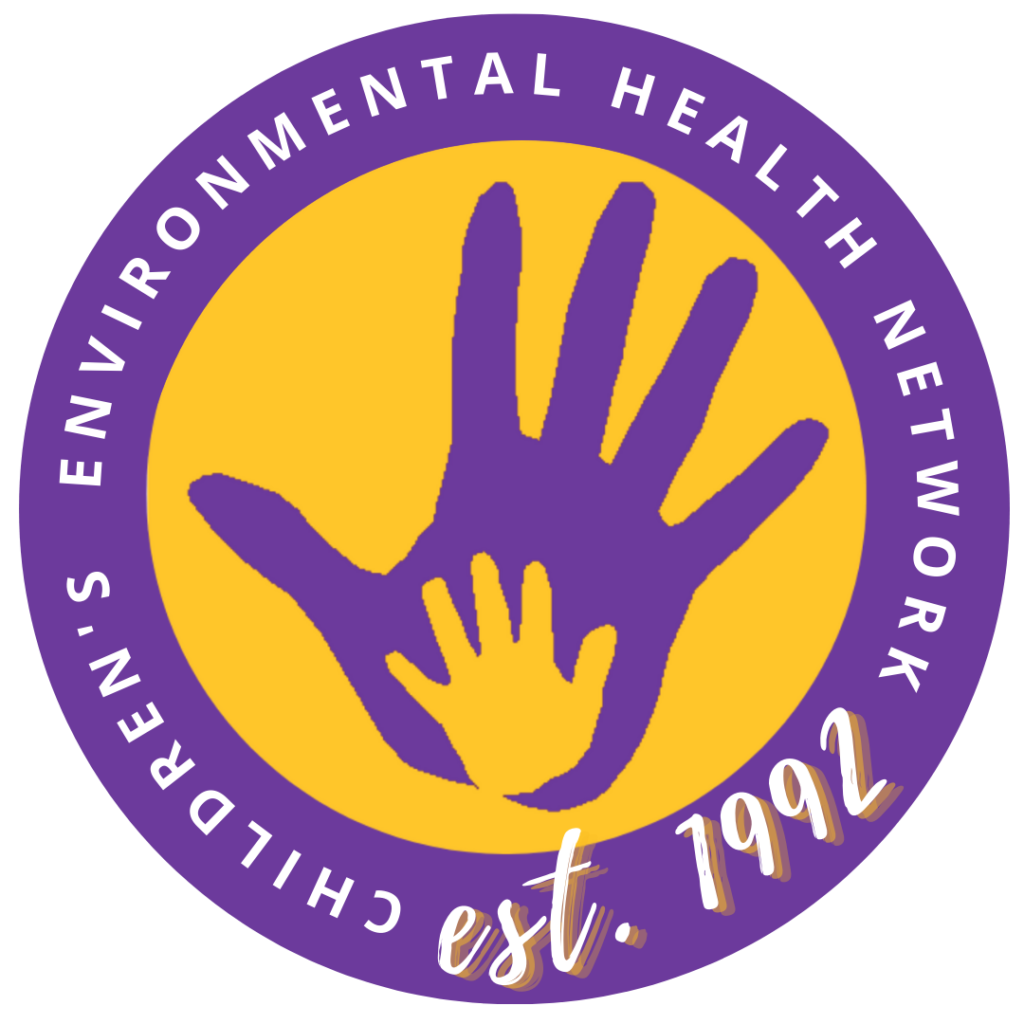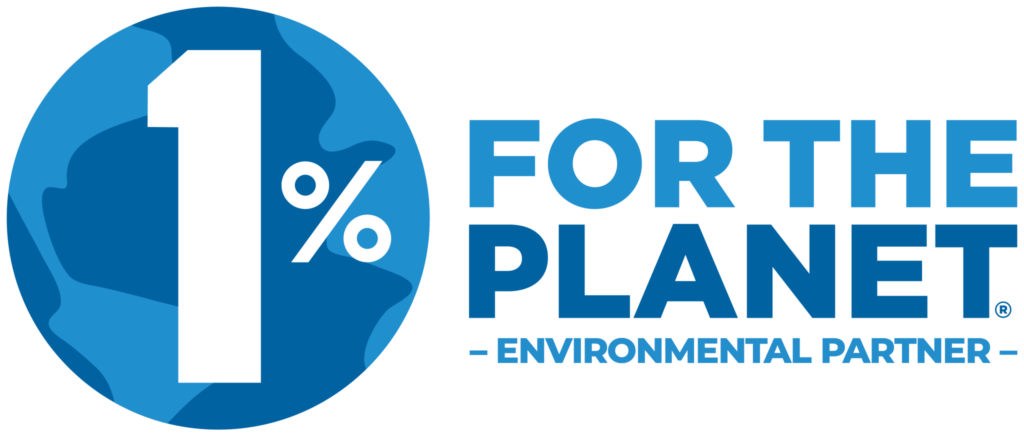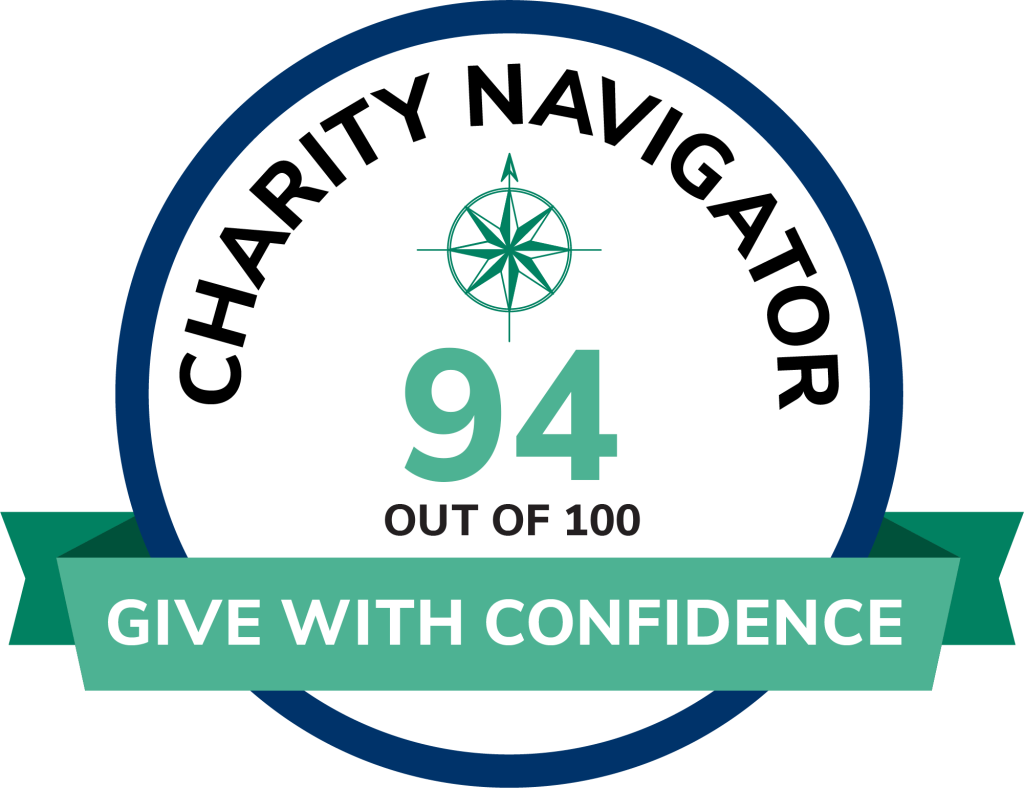Florida Children’s Environmental Health
Download Florida’s Children’s Environmental Health fact sheet.
Children’s Environmental Health Indicators Criteria.
Florida References (listed in the order in which they appear on the fact sheet):
- Number of Children in Florida. U.S. Census Bureau. 2018. Quick Facts Florida.
- Percent of Children in Florida Living in Poverty. The Annie E. Casey Foundation. 2019 KIDS COUNT Data Book: 2019 State Trends in Child Well-Being: Florida.
- Florida Drinking Water Performance Dashboard. Public Water Systems with Any Violation – Fiscal Year 2019. Enforcement and Compliance History Online (ECHO). U.S. Environmental Protection Agency. Accessed on March 25,2020.
- Ozone Pollution. American Lung Association. 2020 State of the Air. Report card: Florida. Data from U.S. Environmental Protection Agency’s Air Quality System. Accessed on April 21, 2020.
- AMERICAN WARMING: The Fastest-Warming Cities and States in the U.S. April 17, 2019. Climate Central. Data from National Centers for Environmental Information, National Oceanic and Atmospheric Association. Accessed on October 28, 2019
- Summary of 686 Toxic Release Inventory Facilities in Florida. Reporting Year 2018. Accessed April 28, 2020.
- ADHD, ADD, and ASD prevalence. 2017-2018 National Survey of Children’s Health. Title V Maternal and Child Health Services Block Grant National Performance and Outcome Measures. Prevalence of current ADD or ADHD, age 3-17 years; and Prevalence of current Autism or Autism Spectrum Disorder (ASD), age 3-17 years. Data Resource Center for Child and Adolescent Health. Maternal and Child Health Bureau, Health Resources and Services Administration. Accessed on March 25,2020.
- Asthma Prevalence. 2017-2018 National Survey of Children’s Health. Title V Maternal and Child Health Services Block Grant National Performance and Outcome Measures. Prevalence of current asthma, age 0-17 years. Data Resource Center for Child and Adolescent Health. Maternal and Child Health Bureau, Health Resources and Services Administration. Accessed on March 25,2020.
- Florida Childhood Cancers Incidence Request for children age 0-19. Age-adjusted rate for 2005-2015. Centers for Disease Control and Prevention. Wide-ranging Online Data for Epidemiologic Research (WONDER). Accessed on March 25, 2020.
- National Childhood Blood Lead Surveillance Data. Centers for Disease Control and Prevention. Accessed on March 25, 2020
- Environmental exposures contribute to ADHD/ADD, ASD, and asthma. NIEHS/EPA Children’s Environmental Health and Disease Prevention Research Centers. 2017 Impact Report.
- President’s Cancer Panel. 2008-2009 Annual Report. Reducing Environmental Cancer Risk. National Cancer Institute, National Institutes of Health.
- Under-Testing and Under-Reporting of Children’s Blood Lead Levels. Assessing Child Lead Poisoning Case Ascertainment in the US, 1999–2010. Eric M. Roberts, Daniel Madrigal, Jhaqueline Valle, Galatea King and Linda Kite. Pediatrics April 2017, e20164266; DOI: https://doi.org/10.1542/peds.2016-4266.
- CDC Childhood Lead Poisoning Prevention. Florida. Accessed on March 25, 2020.
- ATSDR State Cooperative Agreement Program. APPLETREE map. Accessed on March 25, 2020.
- CDC National Asthma Control Program. Accessed on March 25, 2020.
- CDC Environmental Public Health Tracking Network. Florida Tracking Program. Accessed on March 25, 2020.
- CDC State Biomonitoring Programs. Accessed on March 25, 2020.
- Hydraulic Fracturing and Your Health: Air Contamination. Physicians for Social Responsibility. https://www.psr.org/wp-content/uploads/2018/05/fracking-and-air-pollution.pdf
- What Climate Change Means for Florida. Environmental Protection Agency. Accessed March 25, 2020.
- Advancing Resilience Solutions Through Regional Action. Southeast Florida Regional Climate Change Compact. Accessed March 25, 2020.
- Welcome to RACP 2.0. Southeast Florida Regional Climate Action Plan. Accessed March 25, 2020.







